The tire is the critical interface between your vehicle and the road. It not only supports the vehicle’s weight but also ensures traction, absorbs road shocks, and facilitates braking and cornering.
The invention of the pneumatic (air-filled) tire is credited to Robert William Thomson in 1847, a Scottish engineer. Today, tires are engineered with high-tech materials and intricate structures tailored for various driving needs—from highway cruising to off-road adventures.
In this article, we’ll break down the types of tires, their internal construction, what the numbers on sidewalls mean, and why nitrogen is sometimes preferred over regular air.
What is Tyre?
A tire is a toroidal (donut-shaped) structure that surrounds a wheel’s rim to support the vehicle’s load, absorb shocks, and provide grip on surfaces.
Modern tires are made using a mix of natural rubber, synthetic rubber, carbon black, chemical additives, steel wires, and textile reinforcements. These materials work together to ensure durability, flexibility, strength, and performance.
Why Nitrogen is Used Instead of Air
Compressed nitrogen is often used in tires instead of regular air for several reasons:
- Lower Permeation Rate: Nitrogen molecules are larger than oxygen molecules, reducing the rate at which gas escapes through the rubber.
- Pressure Stability: Nitrogen maintains more stable pressure under temperature changes compared to air, improving fuel economy and tire life.
- Moisture-Free: Nitrogen is dry, which helps avoid condensation and corrosion on steel belts and rims—especially useful in humid environments.
- Enhanced Safety: Stable pressures mean reduced chances of under-inflation or blowouts.
How to Read Tire Numbers
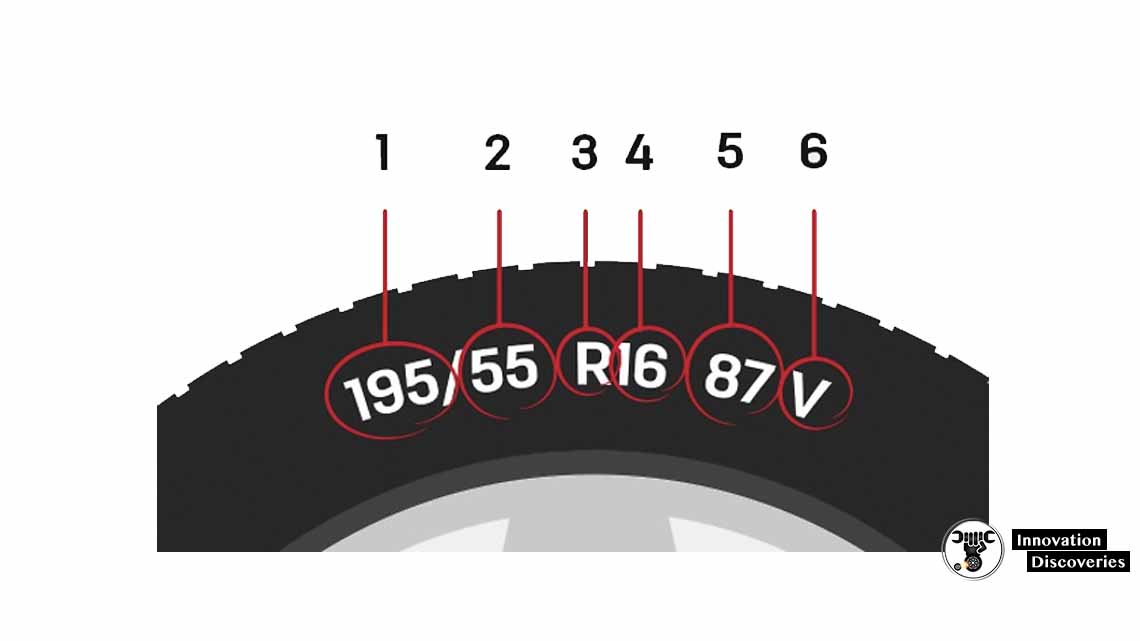
Let’s decode this tire code: P195/55R16 87V
Each part reveals crucial information about size, structure, and performance.
1. Cross-Section Width – 195
This number represents the section width of the tire in millimeters, measured from the inner to the outer sidewall when the tire is mounted and inflated but not under load.
Example: A tire with “195” has a width of 195mm.
2. Aspect Ratio – 55
This is the height of the sidewall as a percentage of the cross-section width. In this case, 55% of 195mm = 107.25mm.
A lower aspect ratio (e.g., 40) means a shorter, sportier sidewall—common in performance tires.
3. Construction Type – R
The “R” stands for Radial construction. Most modern tires are radial, meaning the internal cords are arranged radially at 90° to the direction of travel.
Other codes:
- B: Bias-ply (older type, less common)
- D: Diagonal construction
4. Rim Diameter – 16
This number is the diameter of the wheel rim (not the entire tire), measured in inches.
In our example, the tire fits on a 16-inch wheel.
5. Load Index and Speed Rating – 87V
- Load Index (87): Indicates the maximum load-carrying capacity of the tire. “87” means the tire can carry 545 kg.
- Speed Rating (V): Indicates the maximum speed the tire can sustain. “V” corresponds to 240 km/h (149 mph).
Common speed ratings:
- T: 190 km/h
- H: 210 km/h
- V: 240 km/h
- W: 270 km/h
- Y: 300 km/h
Tire Anatomy
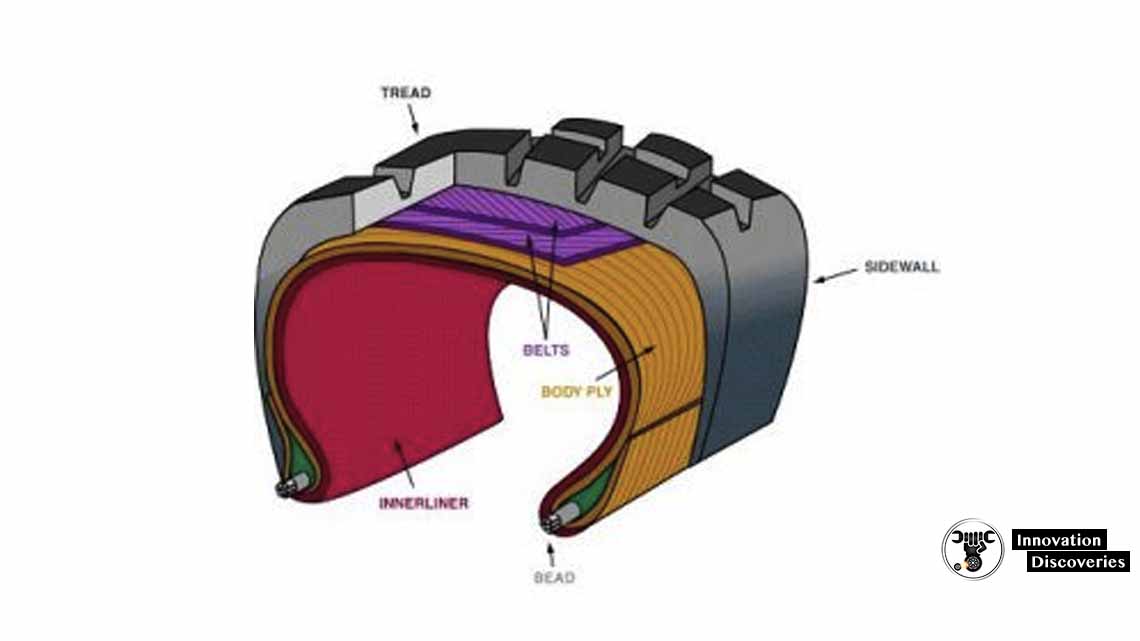
Tread
This is the outer rubber layer that contacts the road. Tread design affects grip, handling, water dispersion, and noise.
Tread patterns include symmetrical, asymmetrical, and directional.
Bead
The bead is made of high-strength steel wires wrapped in rubber. It ensures the tire stays firmly attached to the rim, even under load or during cornering.
Plies (Casing)
Plies are layers of fabric cords (commonly polyester) embedded in rubber. They form the tire carcass and provide strength, shape, and flexibility.
In bias-ply tires, plies crisscross diagonally.
In radial tires, they run perpendicular to the tread.
Belts
Reinforcement layers typically made of steel cords. These sit between the tread and plies, providing rigidity, puncture resistance, and helping to maintain the shape of the tread.
Sidewall
The sidewall is the vertical section between the tread and bead. It provides lateral stability, protects internal components, and contains key information like tire size and manufacturing codes.
Functions of a Tire
- Load Support – Carries the weight of the vehicle, passengers, and cargo.
- Traction – Provides grip during acceleration, braking, and cornering.
- Shock Absorption – Dampens vibrations and road shocks to ensure a smoother ride.
- Directional Control – Maintains stability and control under different driving conditions.
- Durability – Withstands heat, wear, and external damage over long periods.
Final Thoughts
Tires may look simple on the outside, but they are a complex combination of materials and engineering designed for safety, efficiency, and performance. Understanding what the sidewall numbers mean, the reasons for using nitrogen, and the internal structure of tires can help you make better decisions for your vehicle.
Discover More:

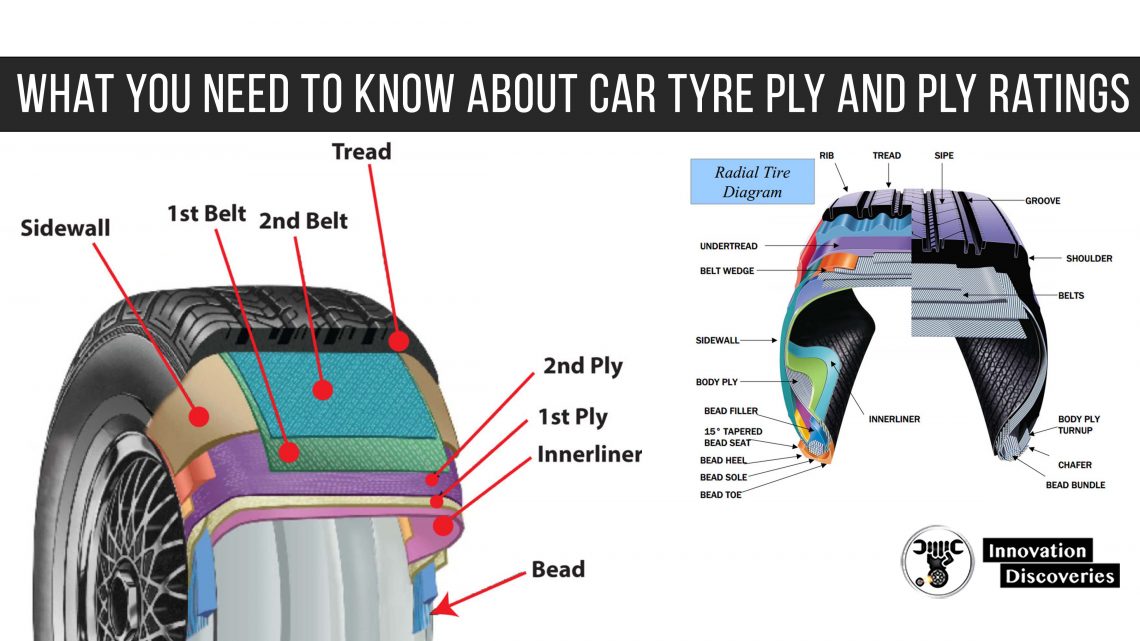



Visit Forum
Visit Our Friendly Website


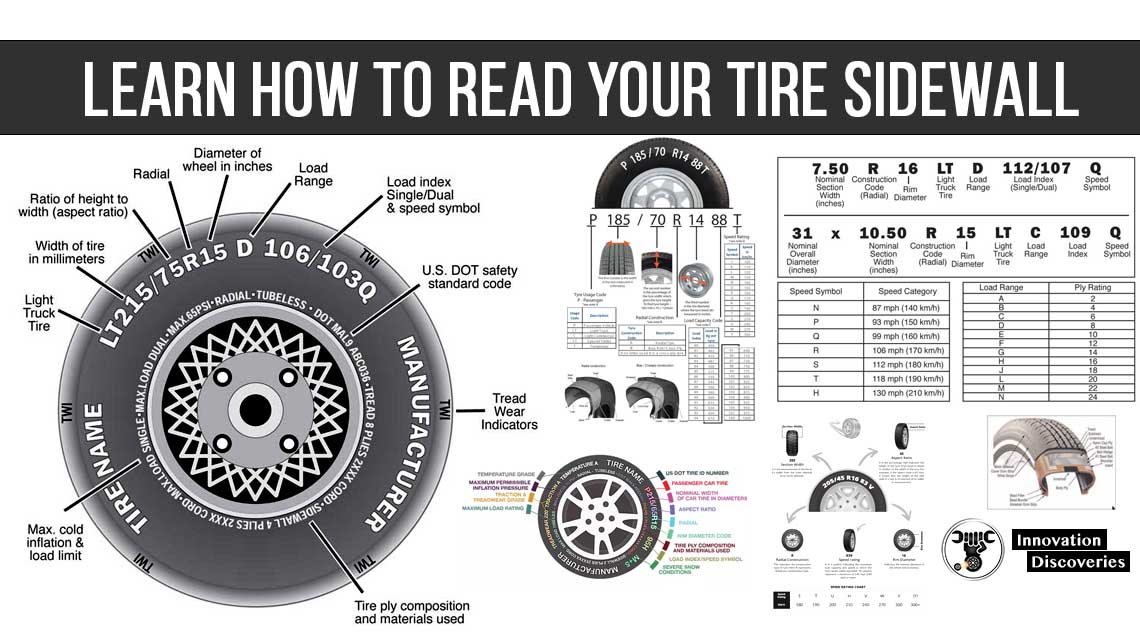
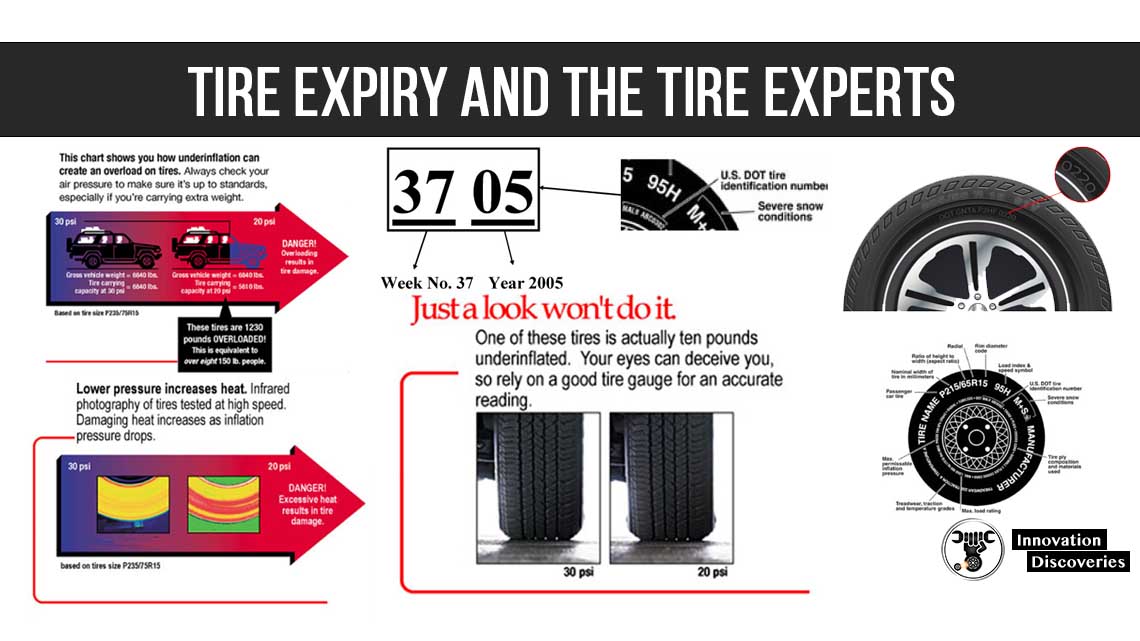
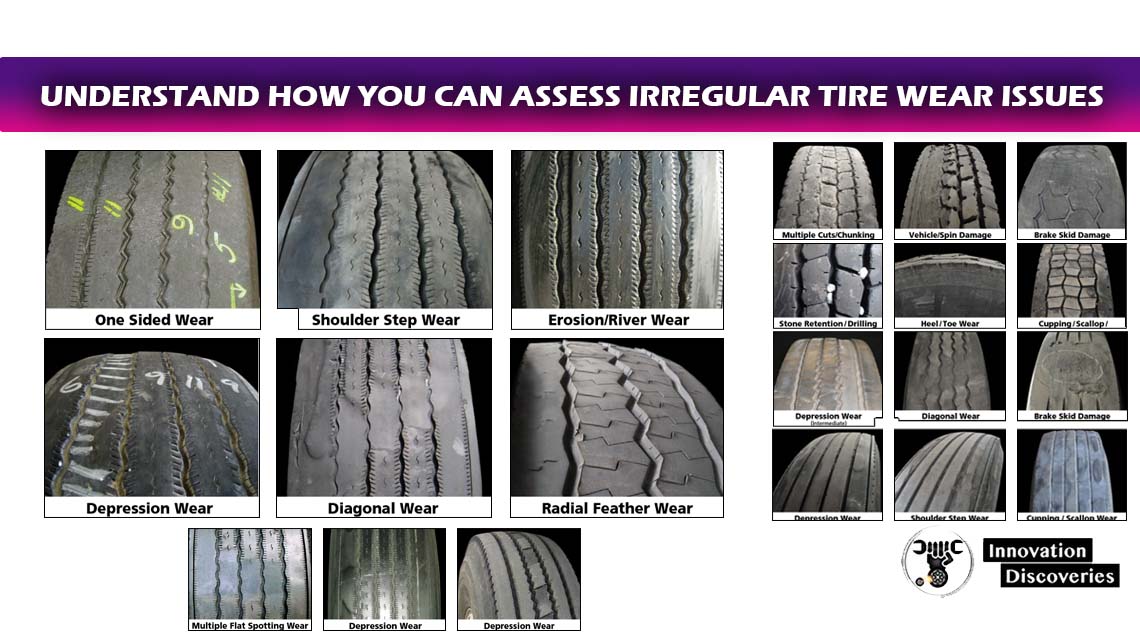
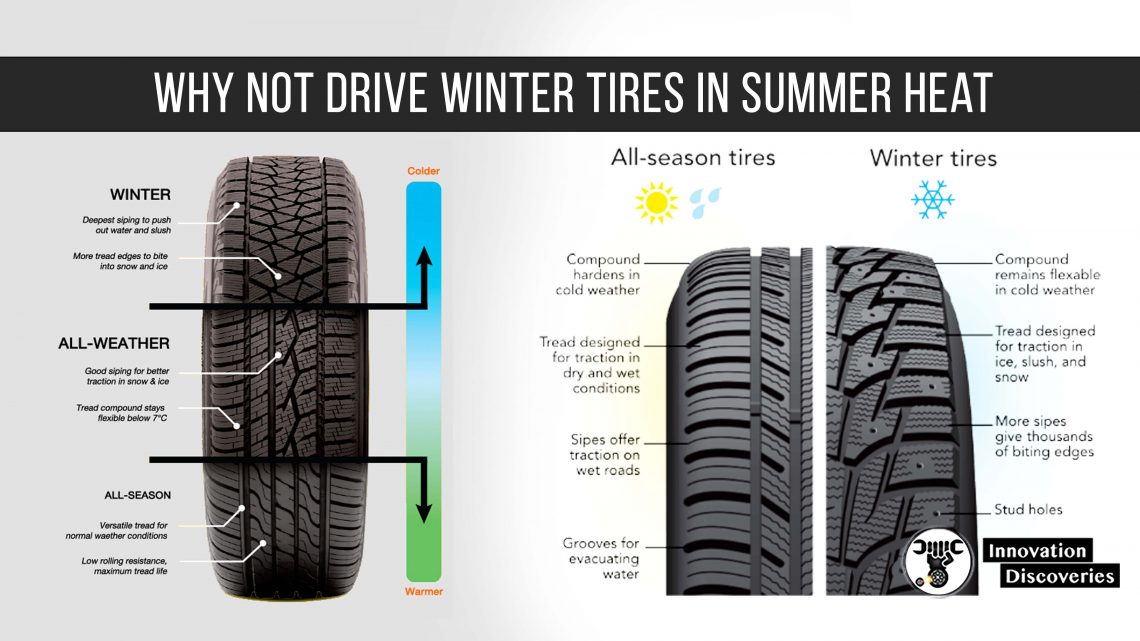

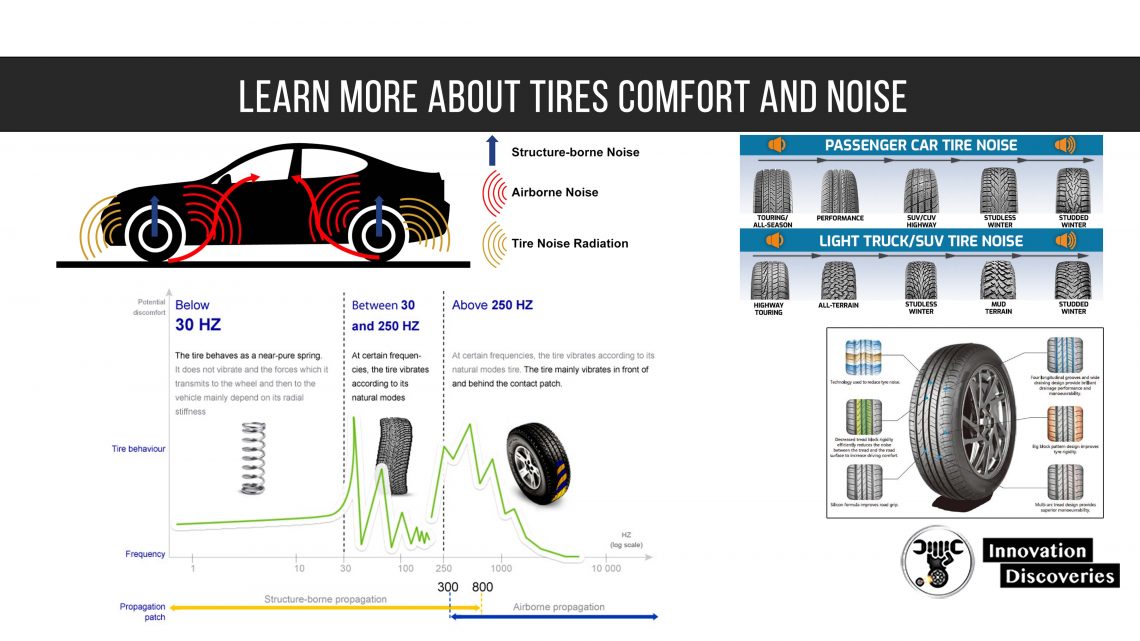
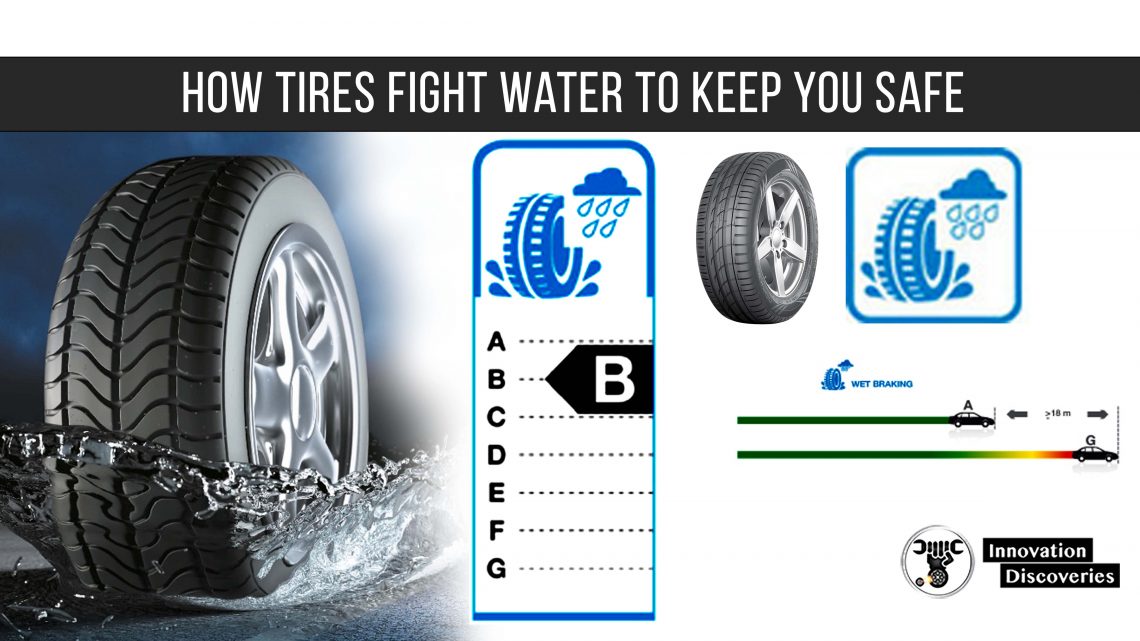
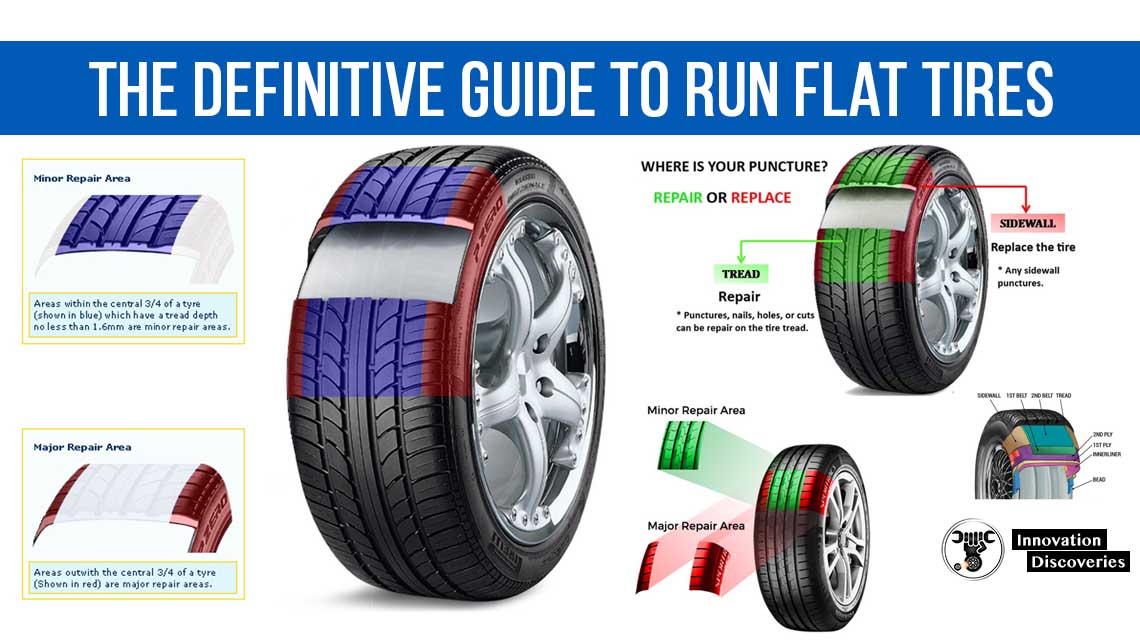
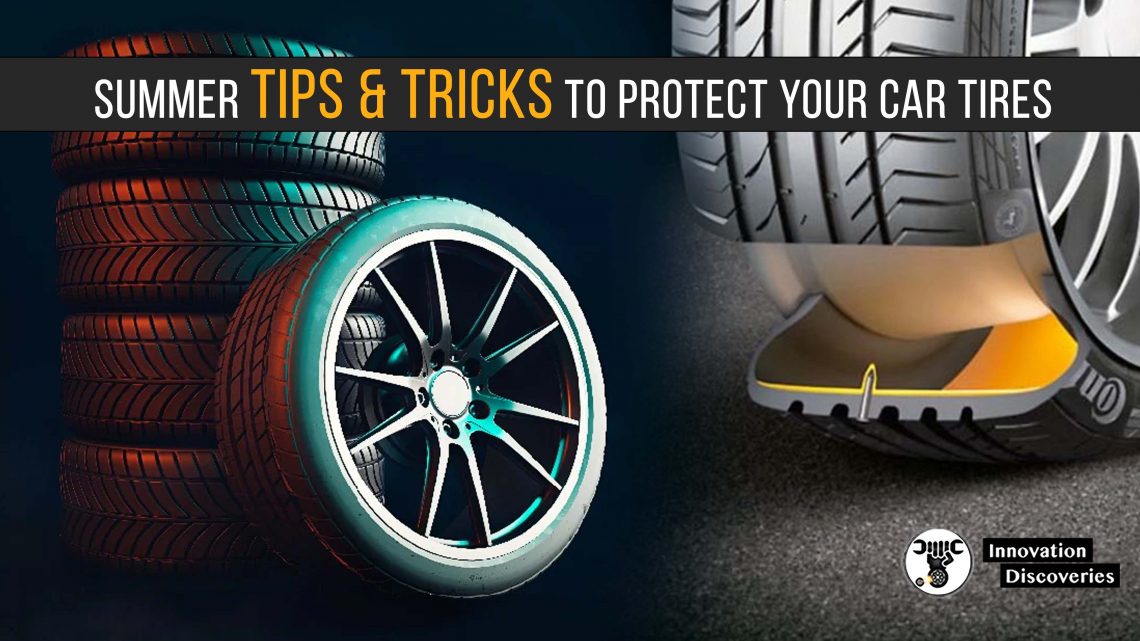
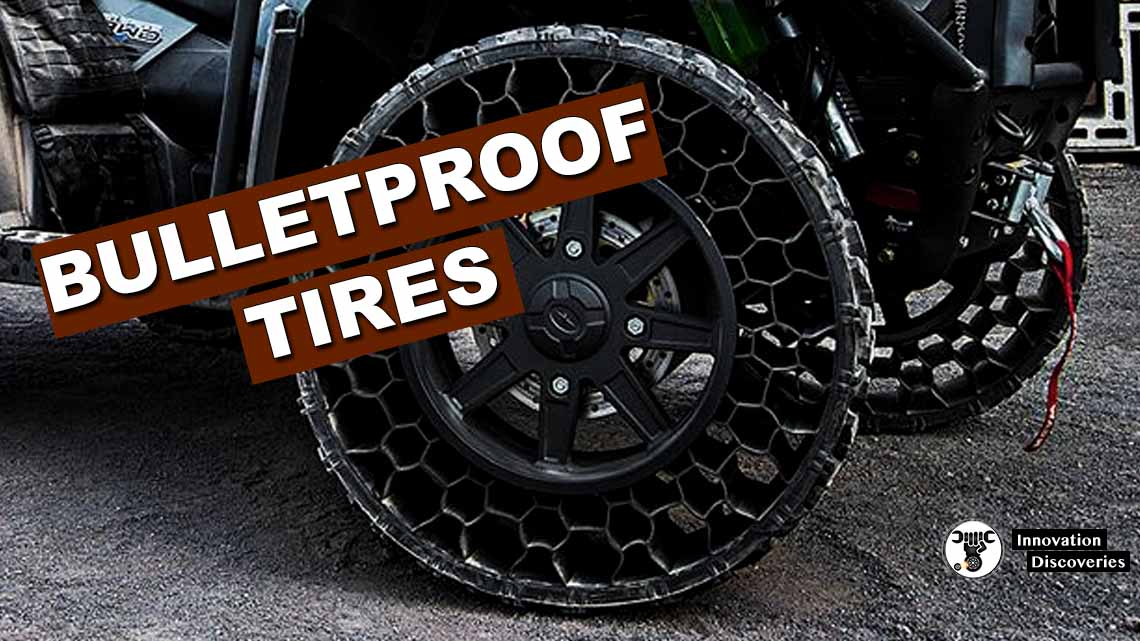
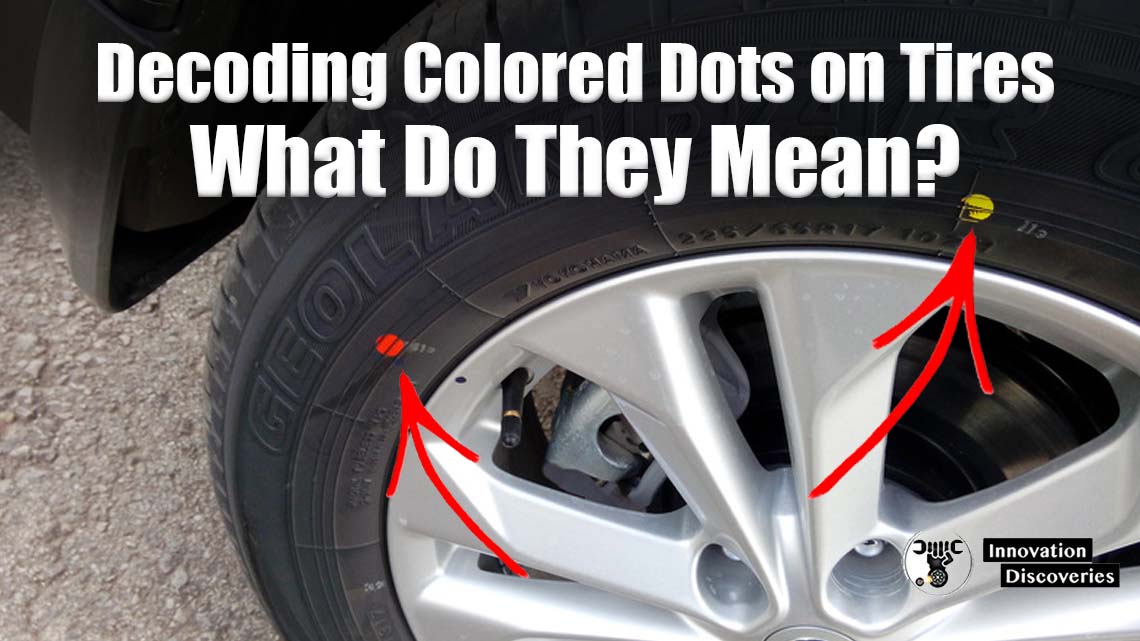
4 Comments